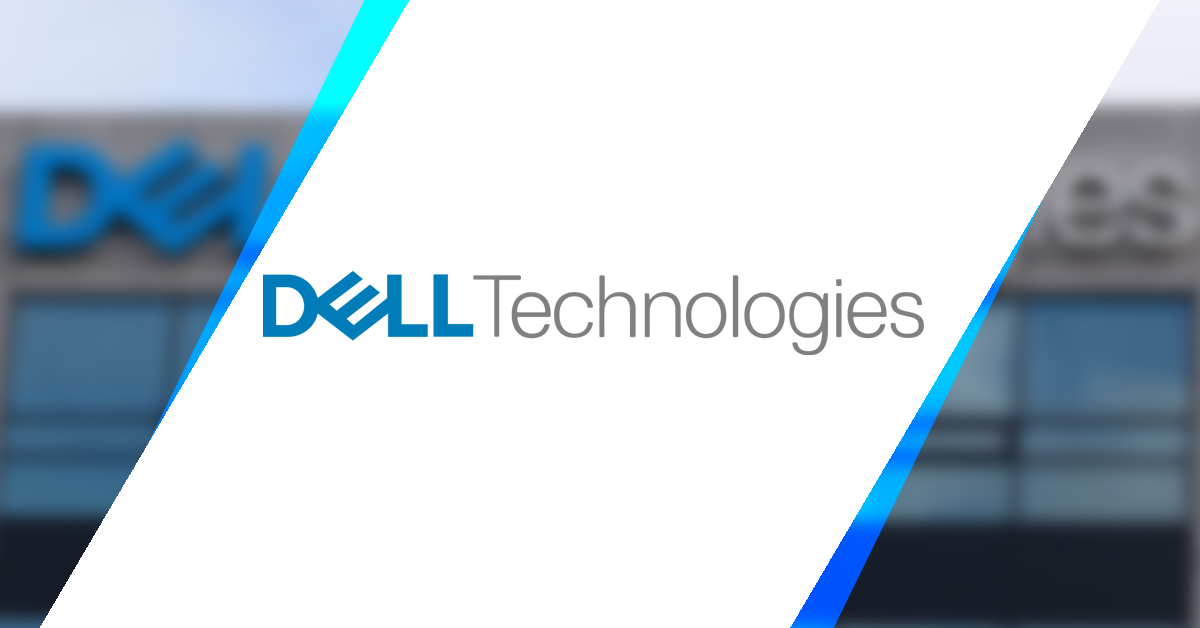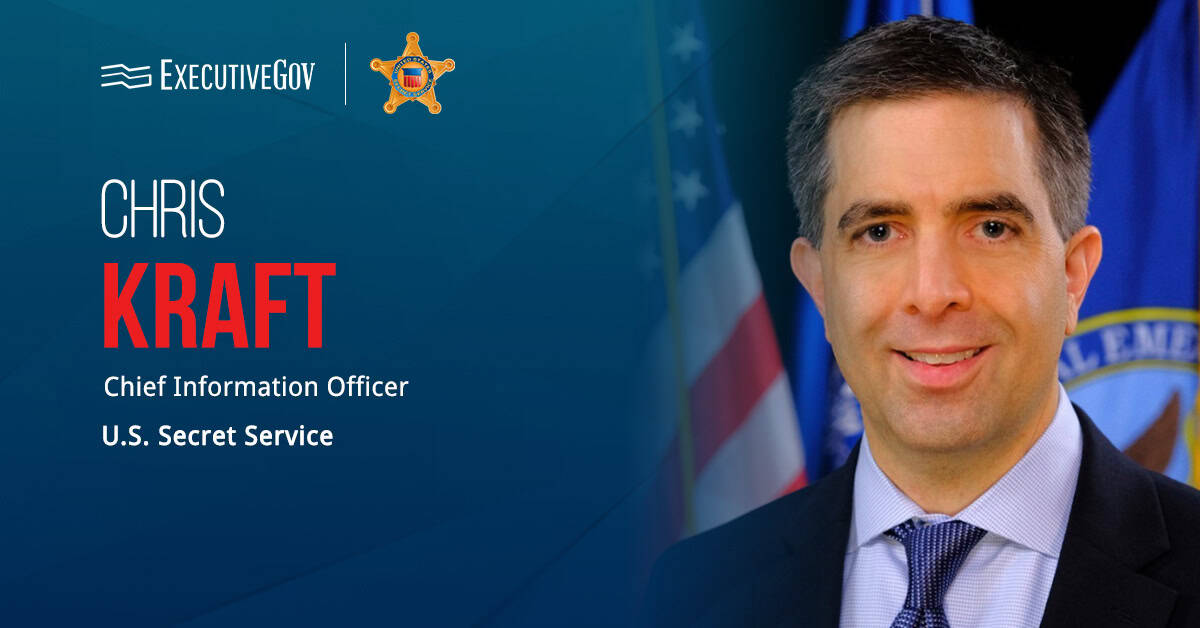Dell Technologies will develop NERSC-10, the next flagship supercomputer at Lawrence Berkeley National Laboratory’s National Energy Research Scientific Computing Center, under a new contract with the Department of Energy.
Berkeley Lab said Thursday that the supercomputer, which will be named after Berkeley Lab-based biochemist Jennifer Doudna who won the 2020 Nobel Prize for Chemistry, will be 10 times better than Perlmutter, NERSC’s current flagship supercomputer.
Accelerating Scientific Workflows
The Doudna supercomputer, powered by Dell Integrated Rack Scalable Systems and PowerEdge servers, will use NVIDIA’s next-generation Vera Rubin artificial intelligence chip platform, accelerators for AI-optimized and compute-optimized workloads and high-speed Quantum-X800 InfiniBand networking platform to support large-scale high-performance computing workloads in molecular dynamics, high-energy physics, and AI training and inference, among other applications. It will also integrate NVIDIA’s CUDA-Q platform to allow scalable quantum algorithm development, modeling and verification of quantum computers at scale, and co-design of future integrated quantum-HPC systems.
According to Energy Secretary Chris Wright, the Doudna supercomputer will enable rapid innovation, advance breakthroughs in quantum computing and ensure America’s scientists have the tools needed to win the global race for AI dominance.
Doudna, expected to be delivered in 2026, will be connected to DOE experimental and observational facilities through the Energy Sciences Network.
Linking Doudna to ESnet will allow scientists to stream data seamlessly into the system from all parts of the country and to analyze it in near-real time,” said NERSC Director Sudip Dosanjh.





